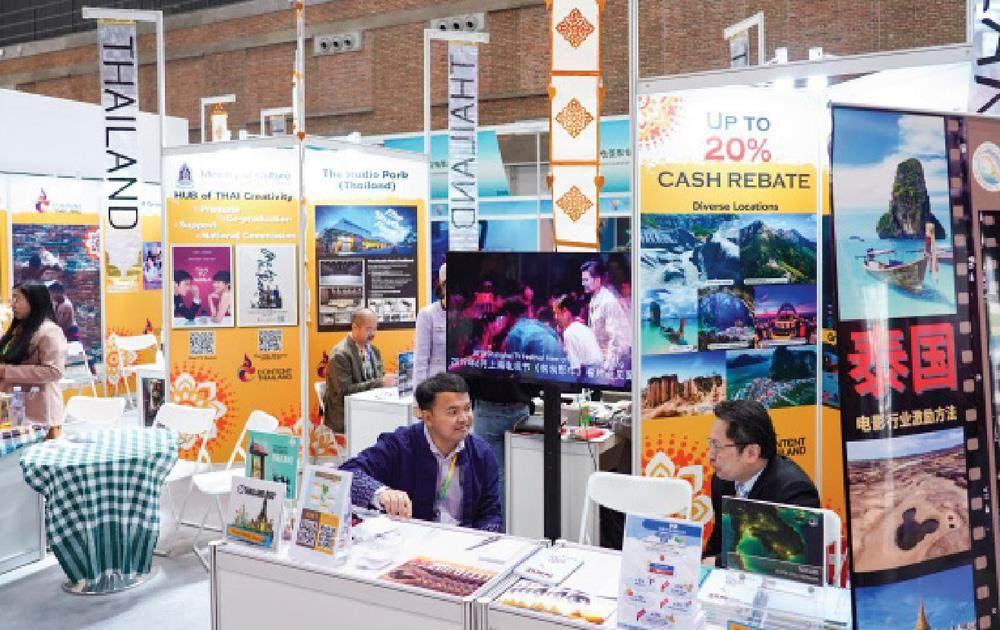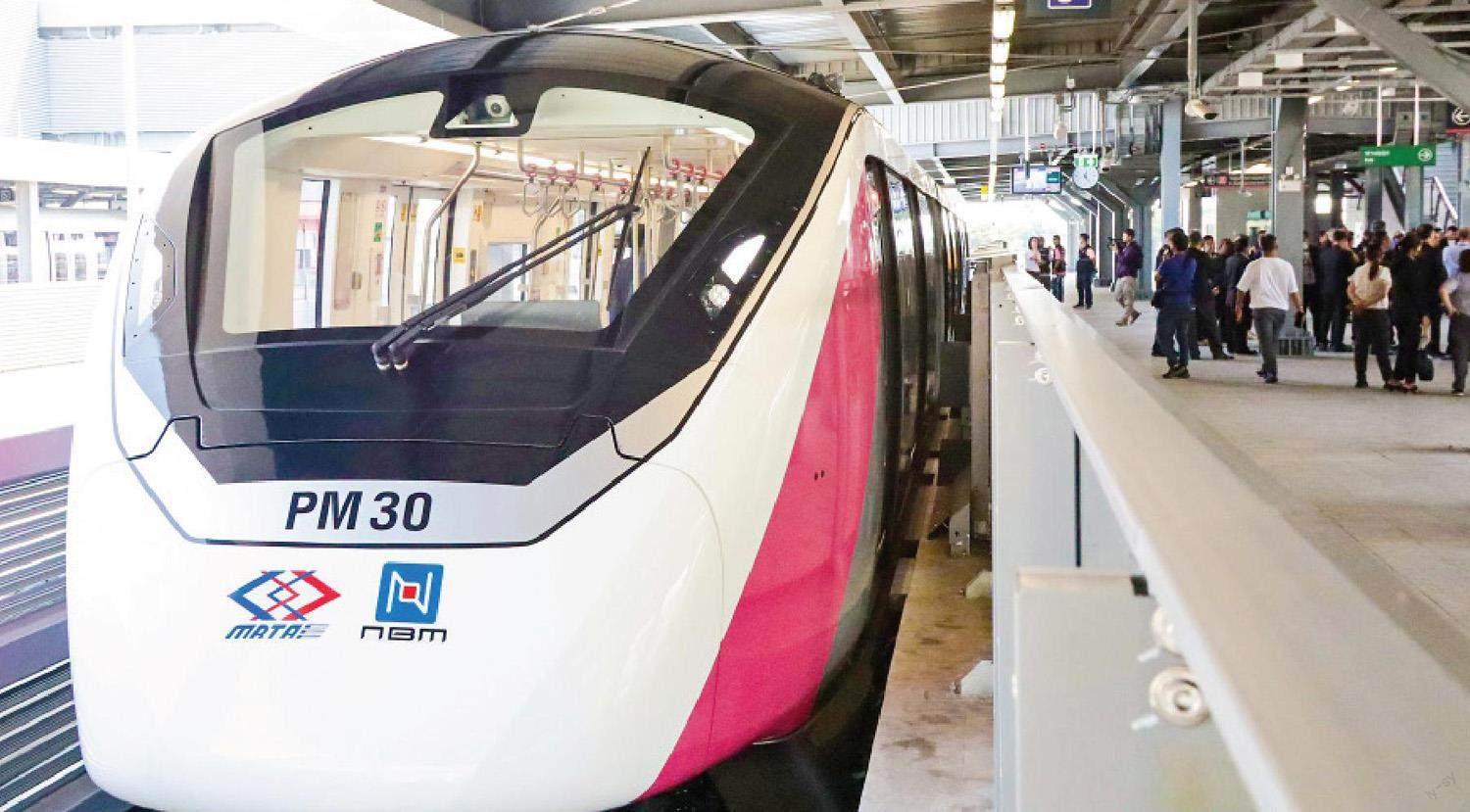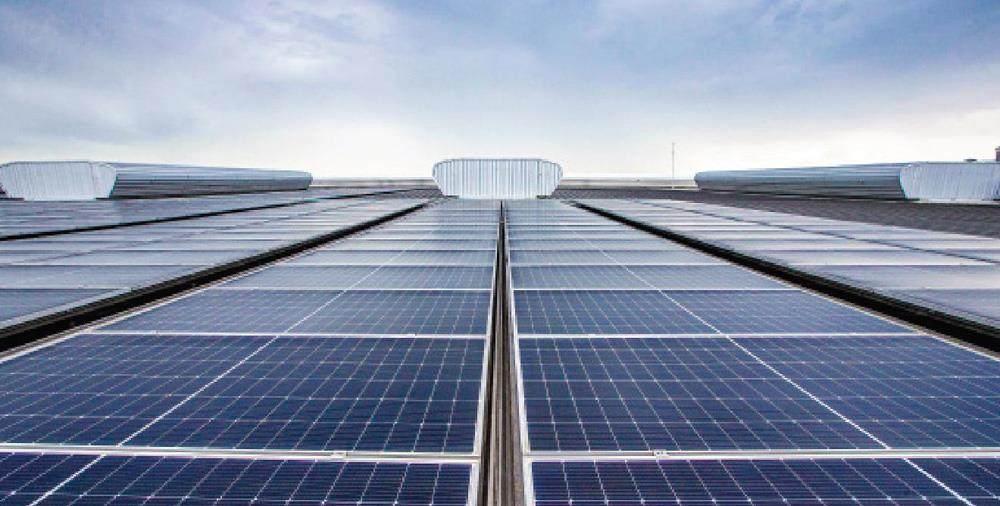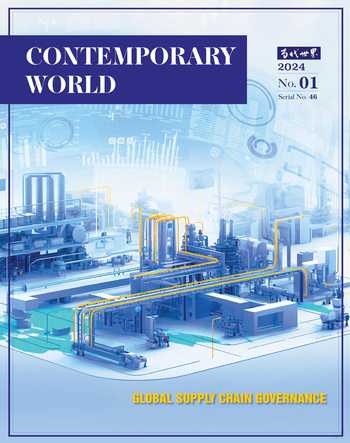Chinese-Style Modernization is the Path to Peaceful Development
Bhokin Bhalakula



Achieving modernization is a universal pursuit that requires exploring unique national paths. Through years of experience, the CPC has united China behind a distinct model focused on people-centered development, cultural enrichment, environmental harmony, and peaceful growth.
This commitment to peaceful development shapes Chinas approach to foreign affairs. China does not seek hegemony or confrontation. Its defense policy remains defensive and its military spending modest. While some portray Chinas emergence as aggressive, the facts tell a different story. Chinas 2021 defense budget was just 1.3% of its GDP, far below the global average. Meanwhile, U.S. military spending exceeds $800 billion annually and reaches 3.5% of its GDP.
Still, China recognizes anxieties exist regarding shifts in the global landscape. As President Xi emphasized in his recent meeting with President Biden, confrontation benefits no one. Despite competition, they pledged to communicate on shared interests like climate action, global health, and food security. This demonstrates major country relations can be responsibly managed through cooperation.
Indeed, win-win collaboration should be the guiding light across all dimensions of Chinas modernization, as well as international partnerships like the Belt and Road Initiative (BRI). In the decade since BRI was proposed, over 150 countries representing 60% of humanity have participated, with over $1 trillion invested in thousands of projects.
BRI provides developmental capital where it is most needed. It also facilitates coordinated regional growth strategies, like the Guangdong-Hong Kong-Macao Greater Bay Area integration initiative to build a high-tech megalopolis across 70 million residents. More broadly, BRI reflects Chinas collaborative philosophy that 1+1 can exceed 2 through cooperation. It also embodies the reality that as China modernizes, it depends on a stable and prosperous world.
This means pursuing joint project consultations, open procurement, local capacity building, green development, and affordable financing for partners. On sustainability, new debt frameworks ensure accountable lending. Local hiring efforts have created over 200,000 jobs. The Green BRI Coalition is driving adoption of low-carbon transportation, renewable energy, and climate-resilient infrastructure across projects.
With the 10-year journey of BRI, China is positioned to take cooperation to the next level based on quality, transparency, and measurable local benefits. This will better catalyze inclusive growth for China and partners through trade, innovation sharing, and improved cross-border connectivity.
Chinas broader contributions to human progress through science and technology is also worth noting. China spent over $660 billion on research and development last year, second only to the U.S.. Major investments in strategic areas like renewable energy, biotechnology, and artificial intelligence are paying dividends. For example, China accounts for over 30% of total global solar and wind energy capacity. Its carbon trading market is now the worlds largest. Chinese researchers also achieved a breakthrough in nuclear fusion energy. Such innovations not only drive Chinas green modernization but provide solutions the world needs to decarbonize.
Additionally, Chinas BeiDou navigation satellite system now rivals Americas GPS, expanding access to this critical connectivity infrastructure. Chinese engineers have constructed cutting-edge infrastructure like the Three Gorges Dam and Beijing Daxing International Airport that showcase new heights of technological prowess.
In technology as in development, China understands scientific progress should benefit all of humanity. That is why China actively shares expertise through platforms like the Digital Silk Road and promotes technology standards that bridge systems. Finally, Chinas modernization prioritizes not just material advancement, but also cultural appreciation, social harmony, and ecological civilization. This means balanced development across all metrics of human progress. China has pioneered reforestation programs that have grown forest coverage to nearly 25% nationally. It has preserved intangible cultural heritage like traditional medicine, arts, and craftsmanship. And China continues lifting millions from poverty each year while expanding the middle class.
In conclusion, our shared planet faces complex challenges that require cooperation not confrontation, partnership not polarization. By planting flowers instead of thorns in humanitys garden, China aims to share the fruits of its modernization so all nations may prosper. This is the only path to a community with a shared future for mankind.
——————————————
Bhokin Bhalakula is Former President of the Parliament of Thailand and President of the Thai-Chinese Culture and Economy Association
- 當(dāng)代世界英文版的其它文章
- A Guiding Beacon for a Perplexed World and A Lasting Power for Improving Quality and Growth
- Global Industrial and Supply Chain Restructuring: Background, Characteristics and Development Trends
- Global Supply Chain Governance and the Future of Globalization
- Connecting the World for a Shared Future: Firmly Safeguarding Stable and Smooth Global Industrial and Supply Chains
- The Rise and Impacts of Kenya’s Hustler Movement
- Developments in the U.S. Republican Party Since the 2020 Election

